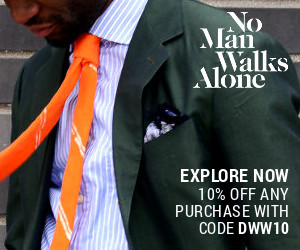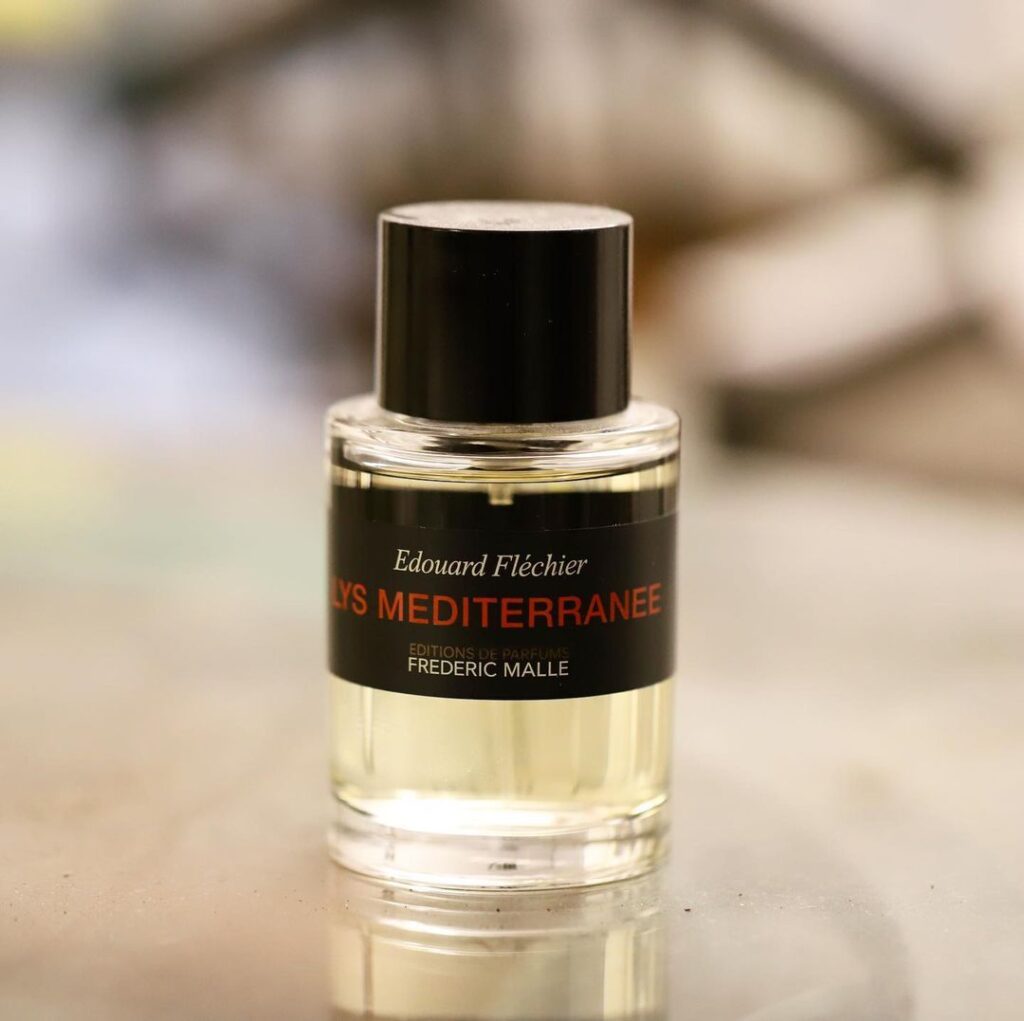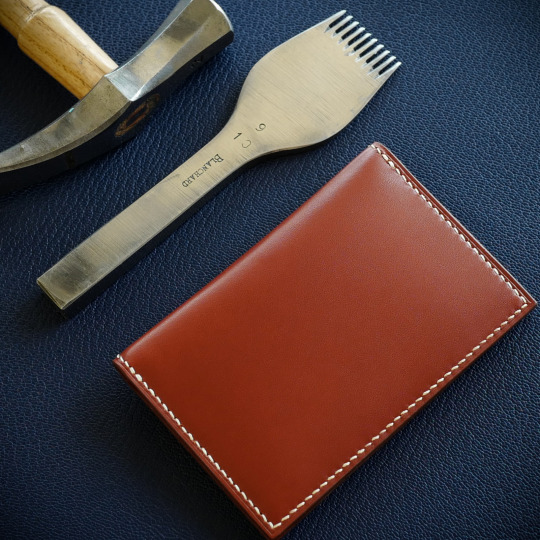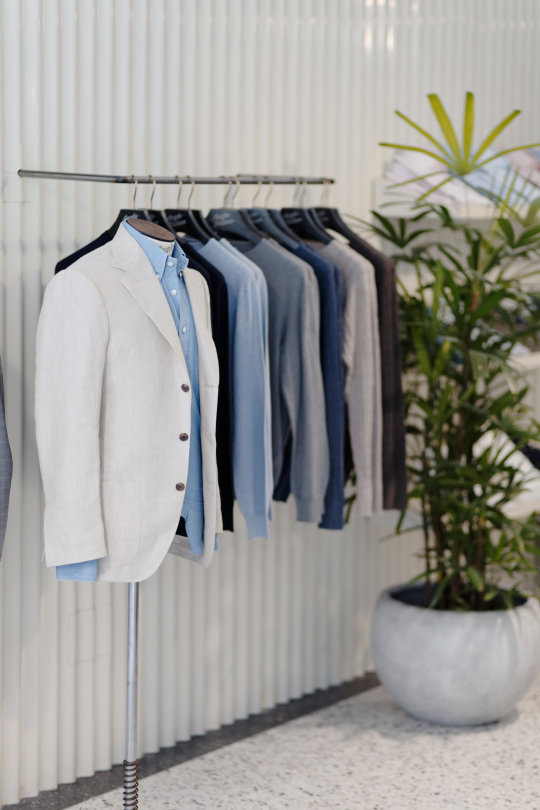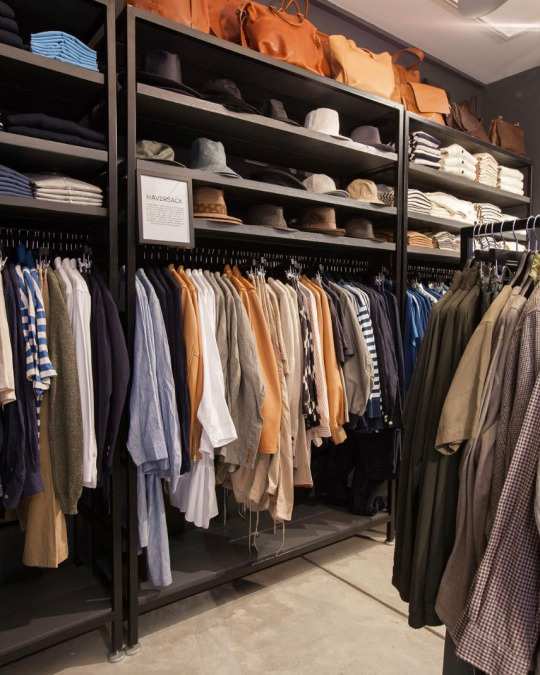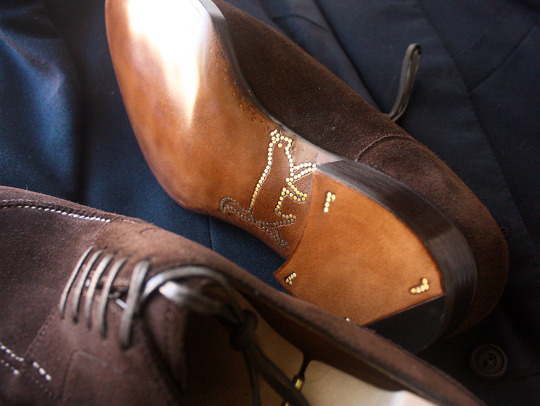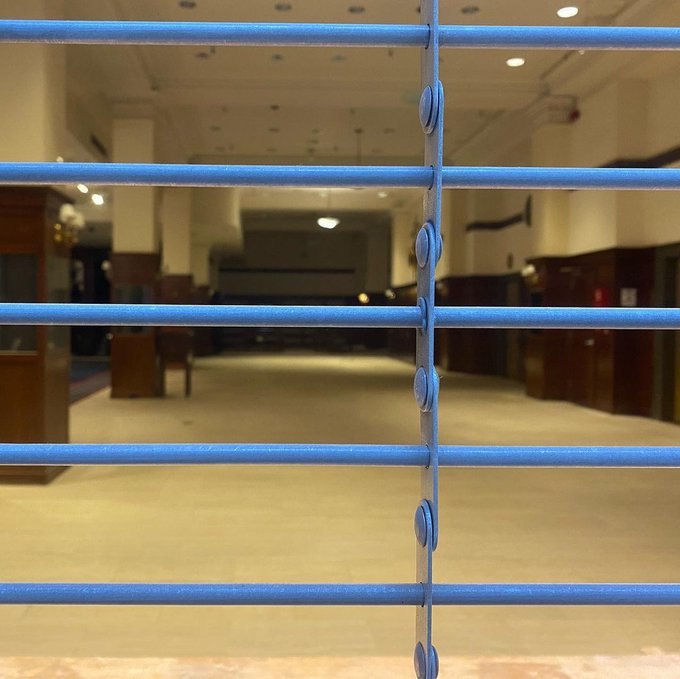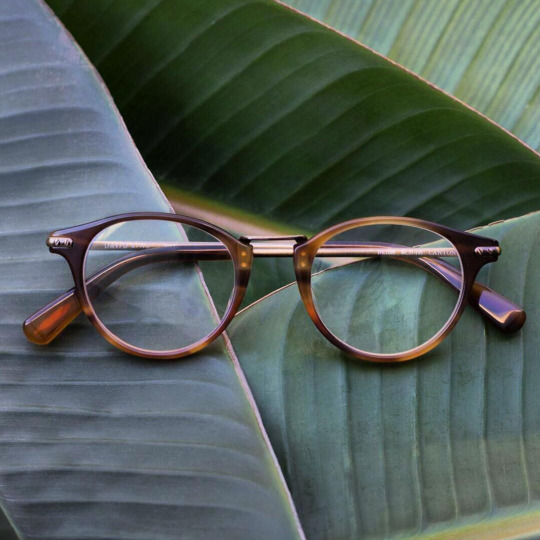
It’s been about ten years since fashion journalist Dana Thomas penned Deluxe. And today, it stands as one of the best books I’ve read on the rise and fall of luxury labels such as Prada and Louis Vuitton. The book is about how the constant search for higher profits has led many old-world luxury companies to give up things that made them special in the first place – a commitment to quality, a focus on craft, and a willingness to innovate in terms of design. It’s not hard to notice that, for consumers in Western Europe, North America, and Japan, these labels have become less and less relevant over the years.
It’s hard, however, to identify what’s replacing them. My friend Paul Munford, who runs the very smart Leanluxe, likes to say modern luxury companies are centered around a quiet confidence in branding, virtue of product, specialization, and transparency. Think of companies such as Ledbury, Common Projects, and Tracksmith.
Perhaps. Sometimes I think Paul’s focus is more driven by aesthetic differentiation (e.g. minimalist branding) than actual business models. Plus, luxury is inherently hard to define. The people who were buying Louis Vuittion a generation ago may not be the same people buying Ledbury today. At the same time, that may not matter, as it’s clear a shift is happening. Mr. Porter, for example, is very much a luxury shop – and they don’t carry many of those old world brands.
Keep reading





